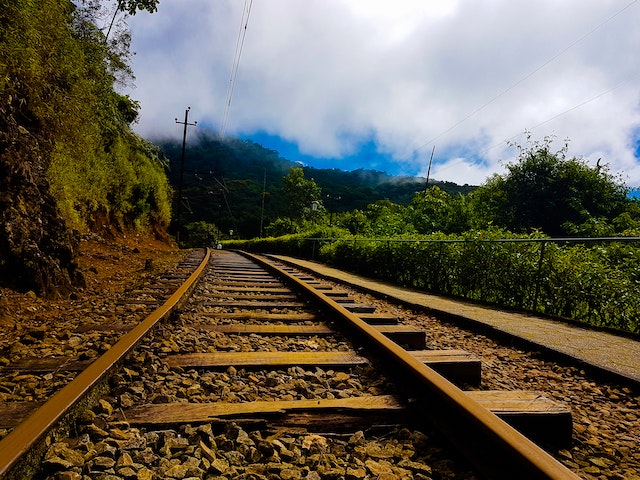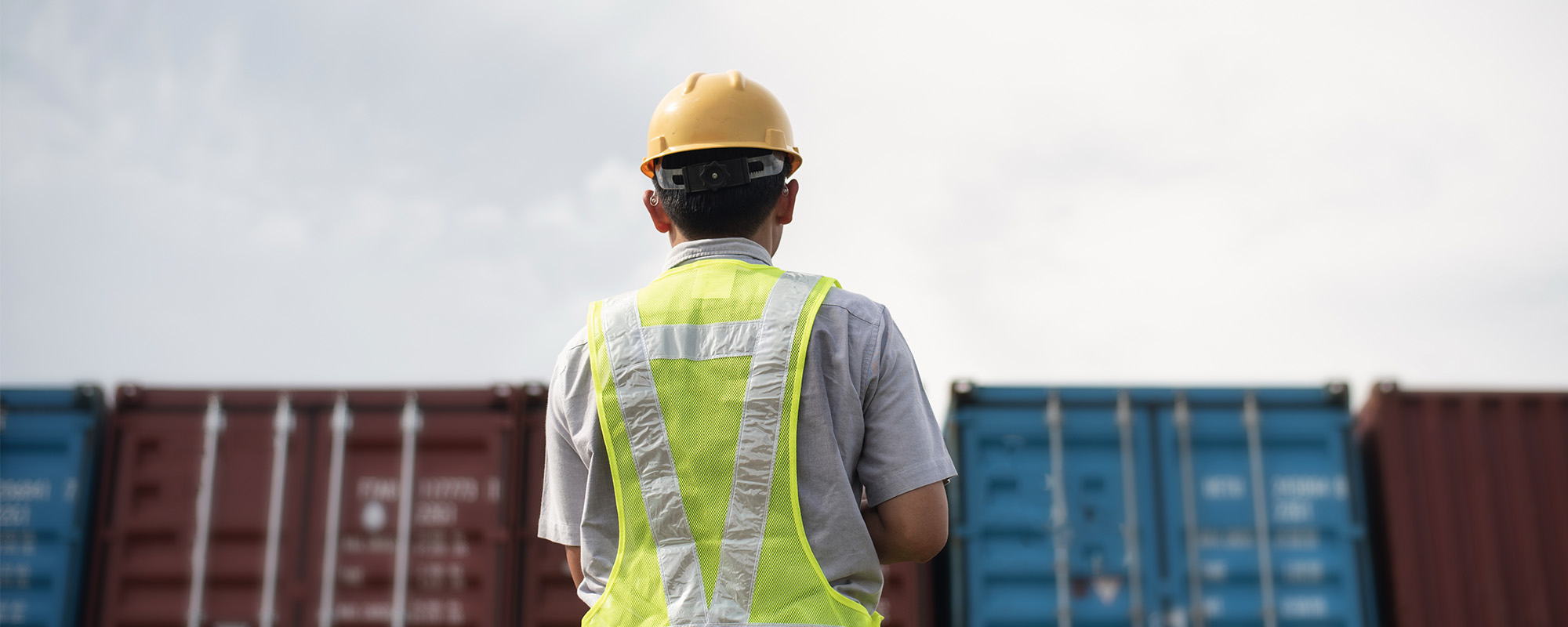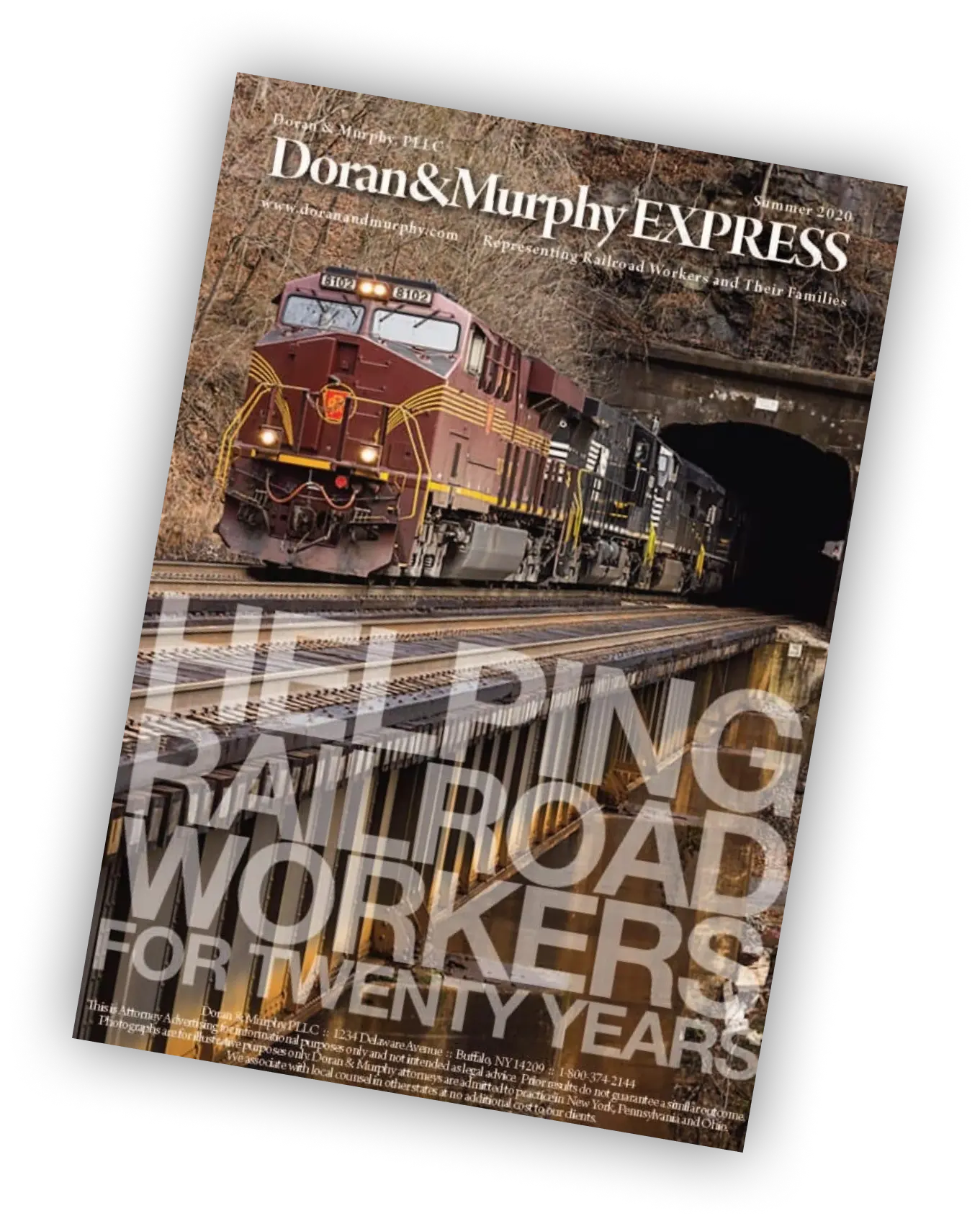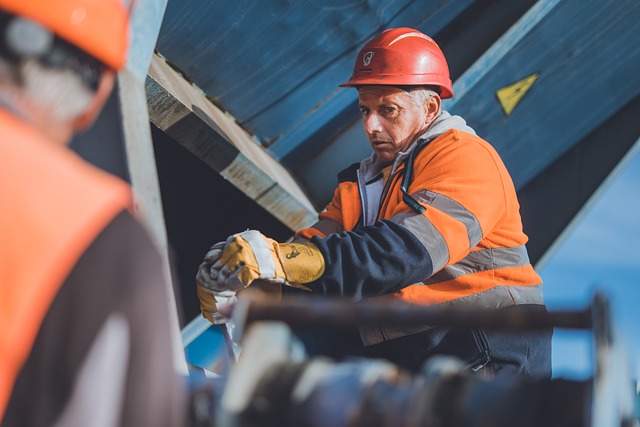
Wherever you find a railroad track crossing a public highway, you find a rail crossing. For the safety of the public, most crossings are controlled by gates, lights and signals. At just about all of these railroad crossings you will find a railroad signal case. There are hundreds of thousands of them across the country. These cases house the relays and electrical components that operate the crossings. As it turns out, in the 1960s, 70s, 80s and 90s, many of these signal cases housed not just wires and relays, they also housed cancer-causing asbestos boards.
In representing a former Conrail signal maintainer suffering from lung cancer, our office uncovered a series of OSHA violations by Conrail concerning these signal cases and the silent killer asbestos boards hiding within them. Apparently, signal workers worked in and around these cases as a regular part of their jobs. The wires and relays inside the signal cases required regular repair and maintenance. The relays were mounted onto asbestos boards inside the cases. These boards needed to be drilled by hand to accommodate the wires and relays. signal workers were responsible for drilling these asbestos boards and running the many wires through these holes to the relays and the signals. Apparently, no one from the railroad ever advised these employees that asbestos could cause cancer or even that the boards contained asbestos. No respiratory protection was ever provided by the railroad until years later.
The OSHA violations by Conrail that we uncovered through a FOIA request took place in Harrington, Delaware. However, as we learned from talking with railroad signal maintainers in Ohio and all over the country, signal cases in may locations contained asbestos boards. This was a railroad problem not limited by location, nor by railroad. Signal workers in Oklahoma or Texas working for Union Pacific may have encountered the same conditions as Conrail, CSX or Norfolk Southern maintainers working in Ohio, Pennsylvania or New York. Here is what we learned about Conrail’s violation of OSHA regulations in Delaware.
OSHA discovered in Harrington, Delaware in 1989 that Conrail signal cases contained asbestos boards and that working with and around these boards could be harmful to the health of railroad employees. Conrail knew the boards contained asbestos and did nothing to warn their employees of the hazard. OSHA inspectors notified Conrail that workplace safety regulations were being violated and that Conrail must correct the problems.
OSHA identified four areas where Conrail had violated workplace safety regulations and put its employees at risk of disease related to asbestos. First, OSHA inspectors found that Conrail employees were never informed by the railroad that the signal boards contained asbestos, nor that asbestos could be harmful to their health. Moreover, required OSHA warning labels were never placed on the boards. Conrail was cited for failing to notify its signal maintainers that asbestos boards had been used inside its signal cases and that Conrail employees were being exposed to hazardous asbestos.
Second, OHSA inspectors found that Conrail could produce no results of air monitoring that had been done to determine whether asbestos was being released into the air. Several workers indicated that some testing had been done, but the workers were never advised of the results. Third, OSHA found no respiratory protection had been provided to Conrail employees working in and around these signal cases. OSHA notified Conrail that it had failed to test the signal cases for the presence of asbestos in the air and to provide necessary respiratory protection to its workers when working with asbestos boards.
Finally, OSHA inspectors found that Conrail employees were sweeping asbestos waste out of those signal cases with their bare hands and without any respiratory protection. Conrail was cited by OSHA for failing to properly dispose of asbestos waste materials.
As a result of these violations, Conrail was required to pay a substantial fine and clean up its facilities in Harrington, Delaware. One might think that this experience would’ve caused the company to provide similar protection to its workers in New York, Ohio, Pennsylvania and other states. However, that did not happen. Well into the 1990s and beyond, signal maintainers – the ones we spoke with in particular – experienced the same kinds of conditions that the Conrail workers in Delaware had faced in the 1980s: no training, no education, no warnings of hazardous asbestos, no respiratory protection and not even an acknowledgment by Conrail that the boards signal maintainers drilled and worked with on a regular basis contained cancer-causing asbestos. We think that’s wrong. We think that lessons learned the hard way by one railroad in one state should be acknowledged by the company and shared throughout its system. We think this knowledge should have also been shared with other railroads throughout the country in order to protect workers everywhere. At the trial of the Ohio signal maintainer, the judge admitted evidence of Conrail’s OSHA violations in Delaware because that evidence was relevant to what was done – and not done – in Ohio. The jury found Conrail liable for violations of the FELA in failing to provide the Ohio worker with a reasonably safe workplace, reasonably free from cancer causing materials.
If you suffer from cancer that may have resulted from cancer-causing materials in your railroad workplace, call us. We would be happy to consult with you and review the circumstances of your exposures and your cancer.





